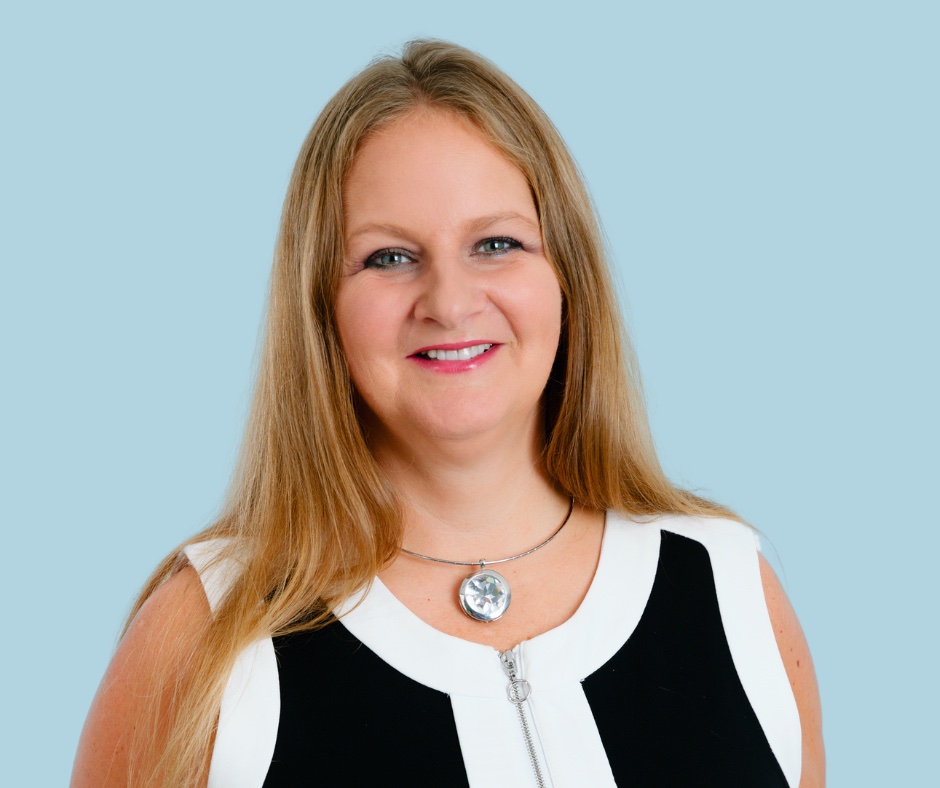- Home
- About Us
- The Team / Contact Us
- Books and Resources
- Privacy Policy
- Nonprofit Employer of Choice Award

 The hardest part for most organizations around legacy gifts is probably who do we ask? Well, there is a bit of science to it and knowing a few key indicators that signal opportunities can help.
The hardest part for most organizations around legacy gifts is probably who do we ask? Well, there is a bit of science to it and knowing a few key indicators that signal opportunities can help.
In 2018, a comprehensive literature review of legacy giving research, done by Routley, Sargeant and Day out of the University of Plymouth in the UK, yielded some interesting and useful insights into the subject of legacy giving.
Age is the single most important piece of information
Age tells us that a donor has reached a point in their lives when they are likely to be open to discussing planned gifts. Life transitions such as getting married, having children, and the loss of a parent or spouse are times when we are often forced to face our own mortality and look at the things in life that are important to us. What really matters? You will find, this is one of the opportunities in which you can start a conversation about a legacy gift.
Other indicators are people who are philanthropically-minded, thrifty, detail-oriented, and those who want to make their executors job easier.
I worked with a church in Windsor, ON that received a gift of almost a million dollars from a quiet elderly woman who sat in the back of the church and dropped a cheque for $25 in the offering every Sunday. She lived down the street and walked to church on Sundays. She was involved in the life of the church, but never gave the impression of wealth. The leadership of that church had no idea she had those kinds of assets. Sometimes—particularly in the case of widows whose husbands managed the finances—neither do they.
Routley, Sargeant and Day also found that women were more likely to leave a legacy gift than men, and that people who attended religious services regularly were also more likely to give a legacy gift than those who do not. They also found that tribute givers are two times more likely to leave a legacy gift. If you are not already promoting tribute and memorial giving you should probably start just based on this finding alone. You could very well be populating a legacy gift pipeline of prospects without even trying that hard. Further to this, practitioners should also suggest making a legacy gift a tribute gift, possibly resulting in a larger gift.
Identify friends of your cause in your catchment area—people who have shown interest in your work. If they are close to 50-years-of-age, they may be a good legacy gift prospect. There are also people who have no family, or kids who are self-sufficient. For many of these folks it is often imperative they find a charity or somewhere to leave their legacy or their mark on the world. Tribute gifts can provide a good option for these folks to memorialize either themselves or their family into the future, particularly if you can tell their story in perpetuity.
You do not have to be actively running a targeted legacy campaign, but knowing the indicators that identify legacy prospects can give you opportunities you might not have otherwise considered. Knowing what types of giving and gifts to look out for can really make the difference. Tell your secretary or treasurer, “Every time we receive this 'type' of gift, let me know.” You might be surprised how many legacy prospects you already have.
Decision-making process
We already know that emotion is a primary driver when making a gift of any kind, but Routley, Sargeant and Day found that logic trumps emotion in the legacy gift process because “emotion discounts faster than logic.”
Logic is the key decision maker when making decisions about the future. Emotion still has tremendous value, but it is more useful to help a donor think logically through the steps of why this cause is important to them, and why they are feeling these emotions. Ultimately, this helps to build a deeper connection and meaning to their gift.
For example: Your church dreams to start a school, or has a missions program talking about how a gift can bring that dream to fruition—how the school will impact the community(s) in the future is how you want to position the legacy ask.
Conclusion
Legacy giving is driven by three main factors: demographics, external life events and internal values and desires. The reflection process associated with these factors can be moderated by interactions with, and messaging from, a charity. Take the time to promote and steward legacy conversations with your constituency if you want to receive legacy gifts.
The next article in this series will address how to promote legacy giving options and encourage people to start those conversations with you. Read the first article, “Getting Started,” here.
Michelle Harder has over 25 years of experience in fundraising and non-profit development as a consultant and as part of an executive team. With a Master of Arts degree in Philanthropy & Development from Saint Mary’s University in Minnesota, Michelle has both theoretical and practical experience in fundraising. With a focus on small shop and faith-based fundraising, Michelle is driven by a passion to help organizations achieve their fundraising and strategic goals. As a consultant, public speaker, and author of, The Definitive Guide to Faith-based Fund Development, Michelle has the expertise to help you raise the funds you need.